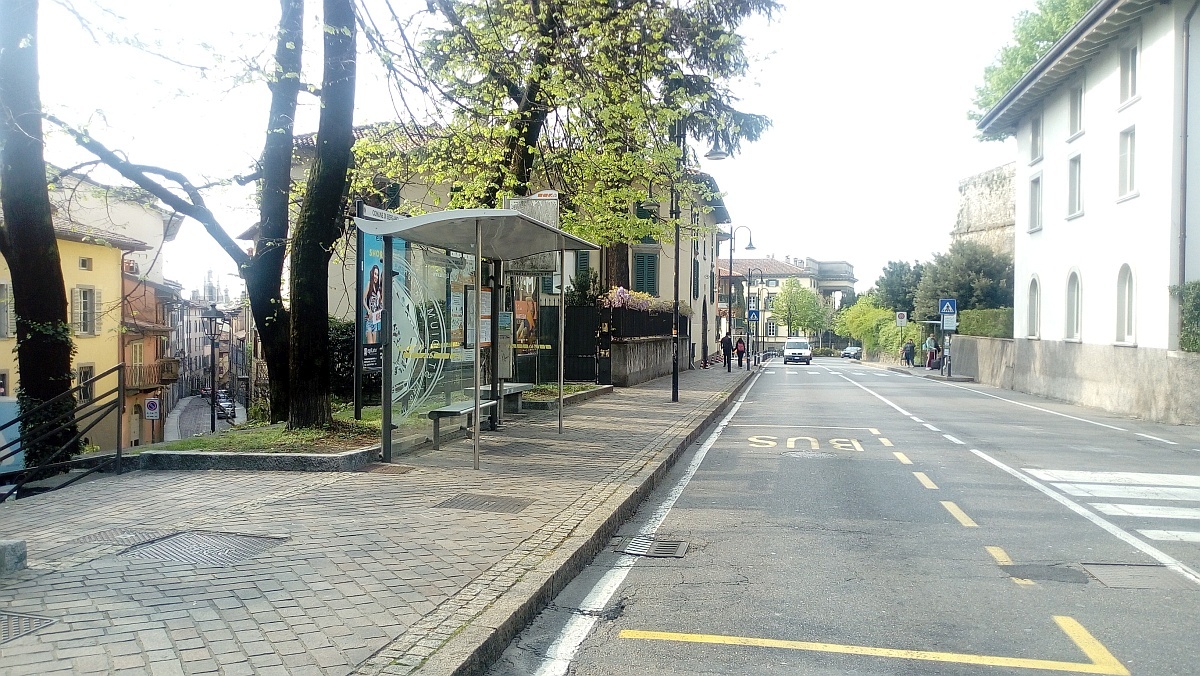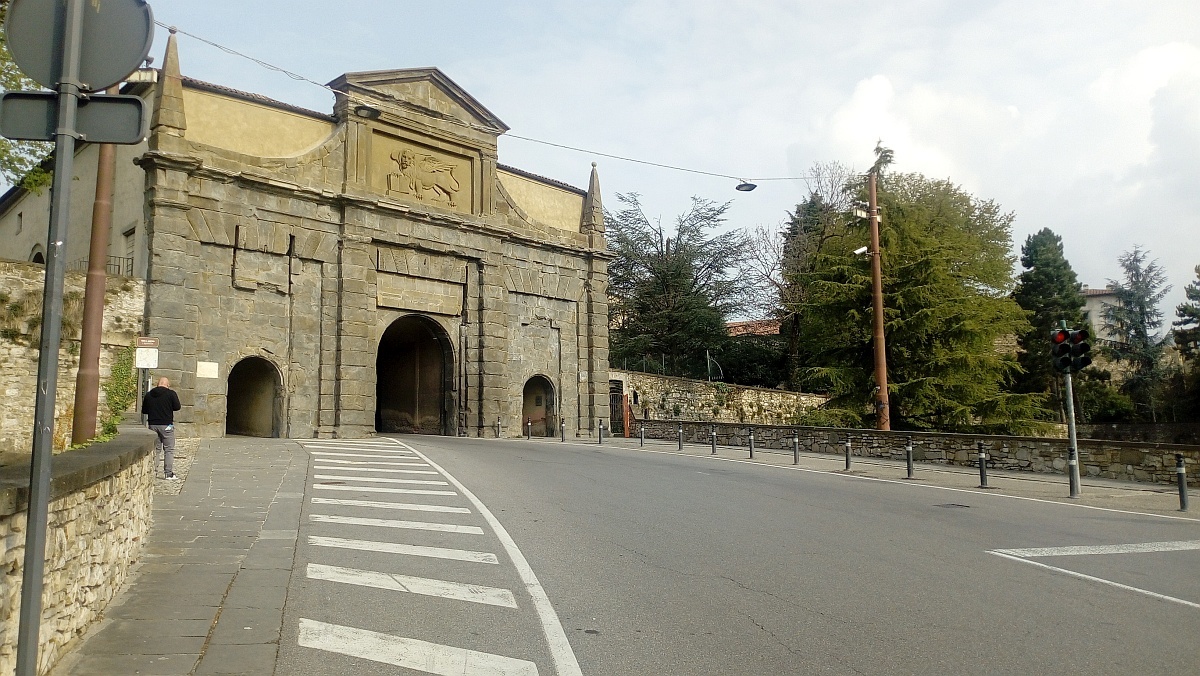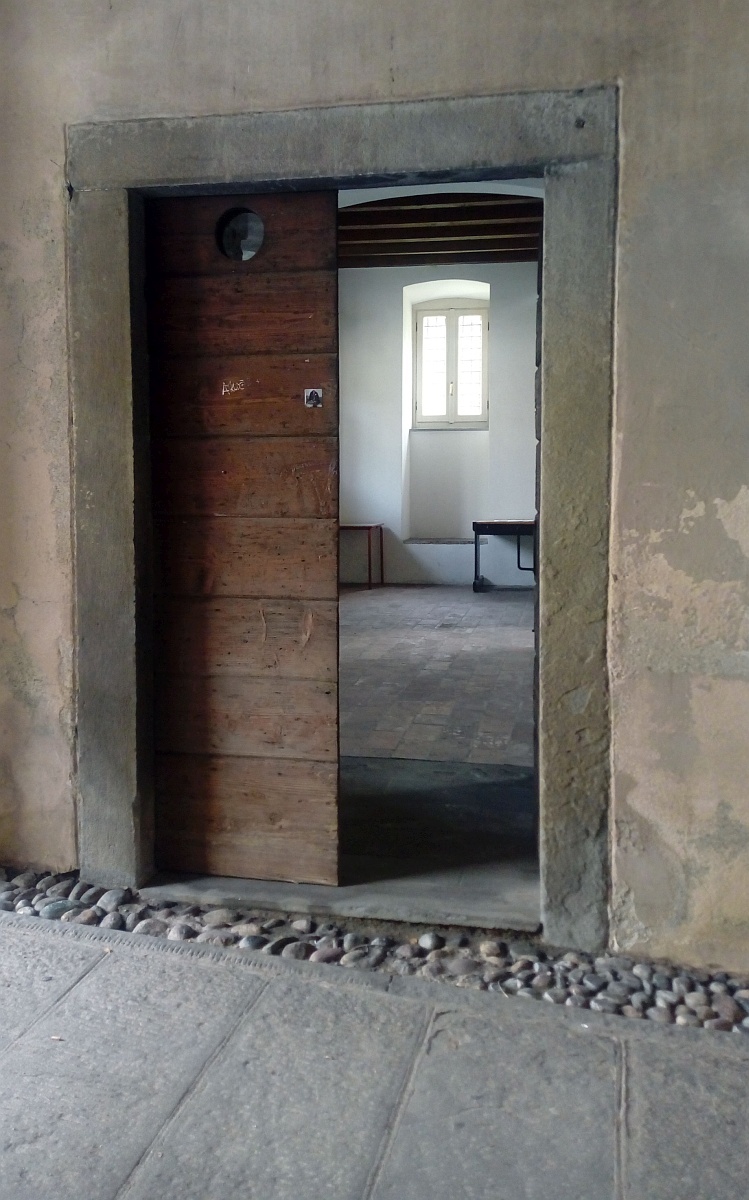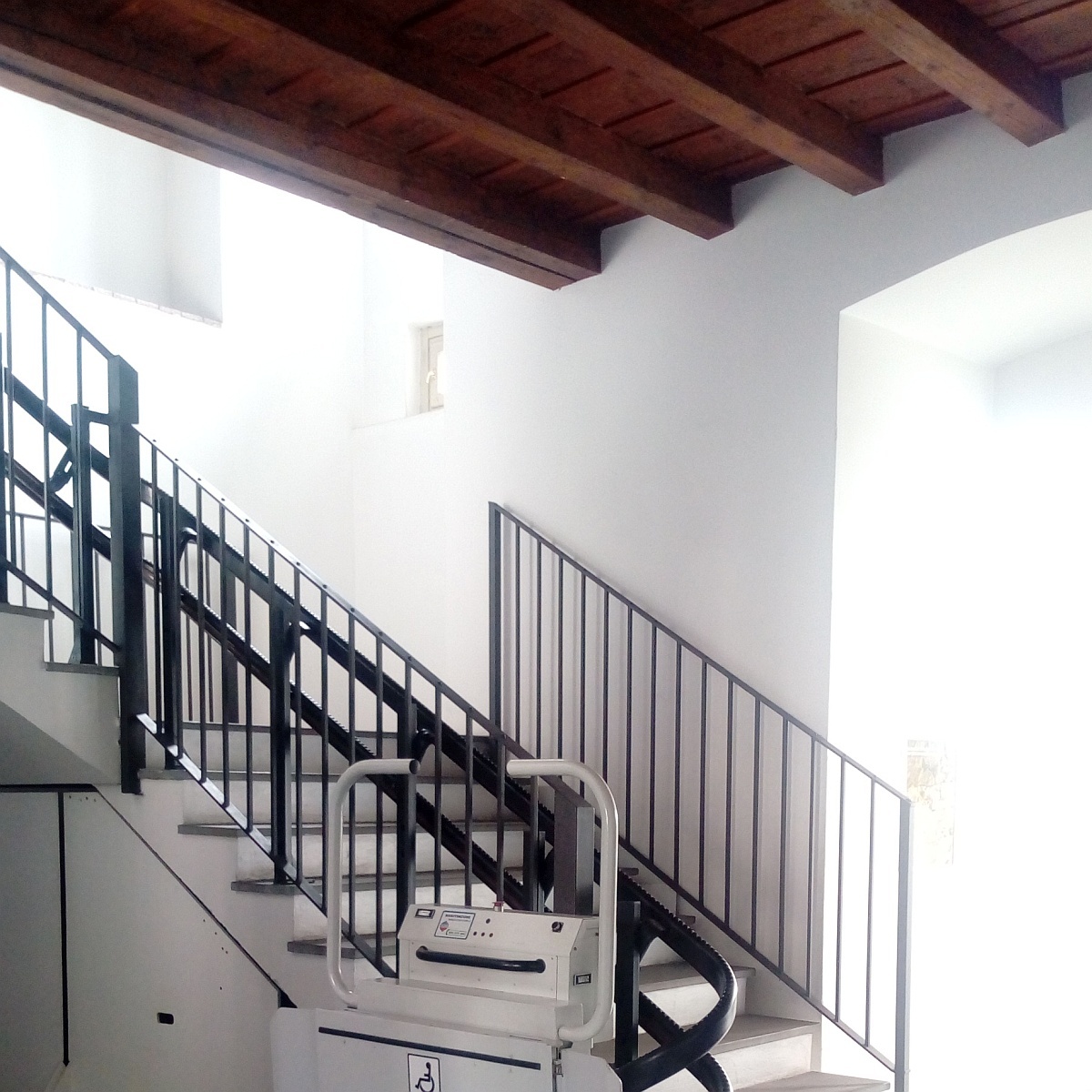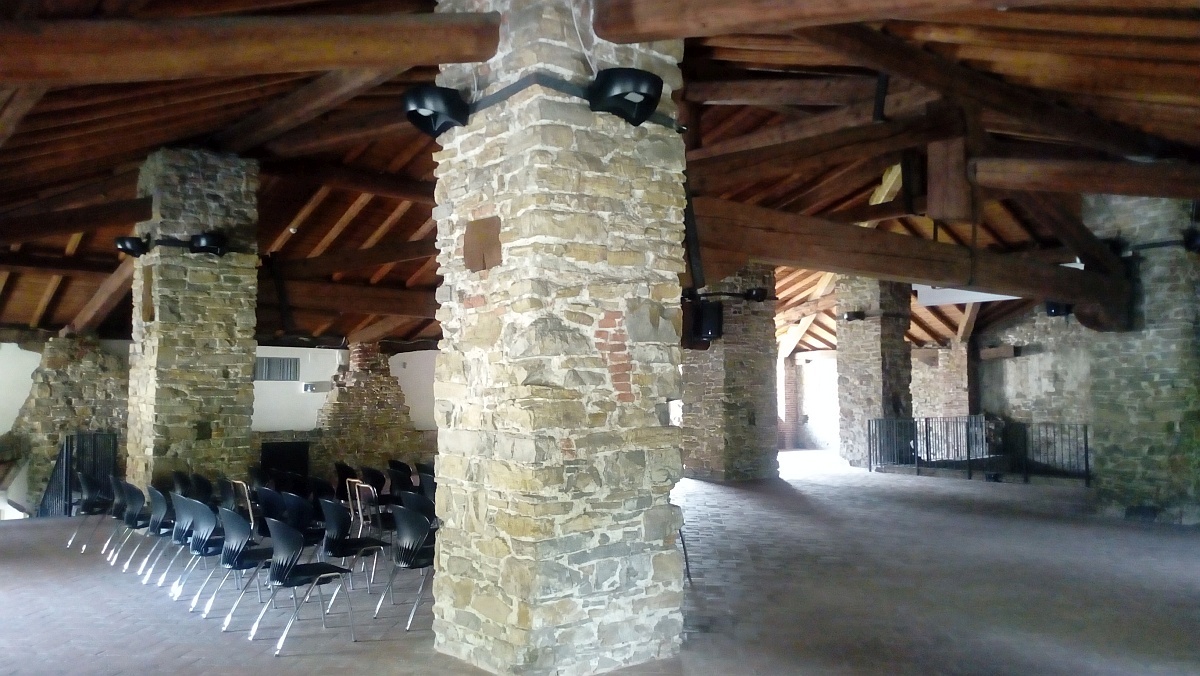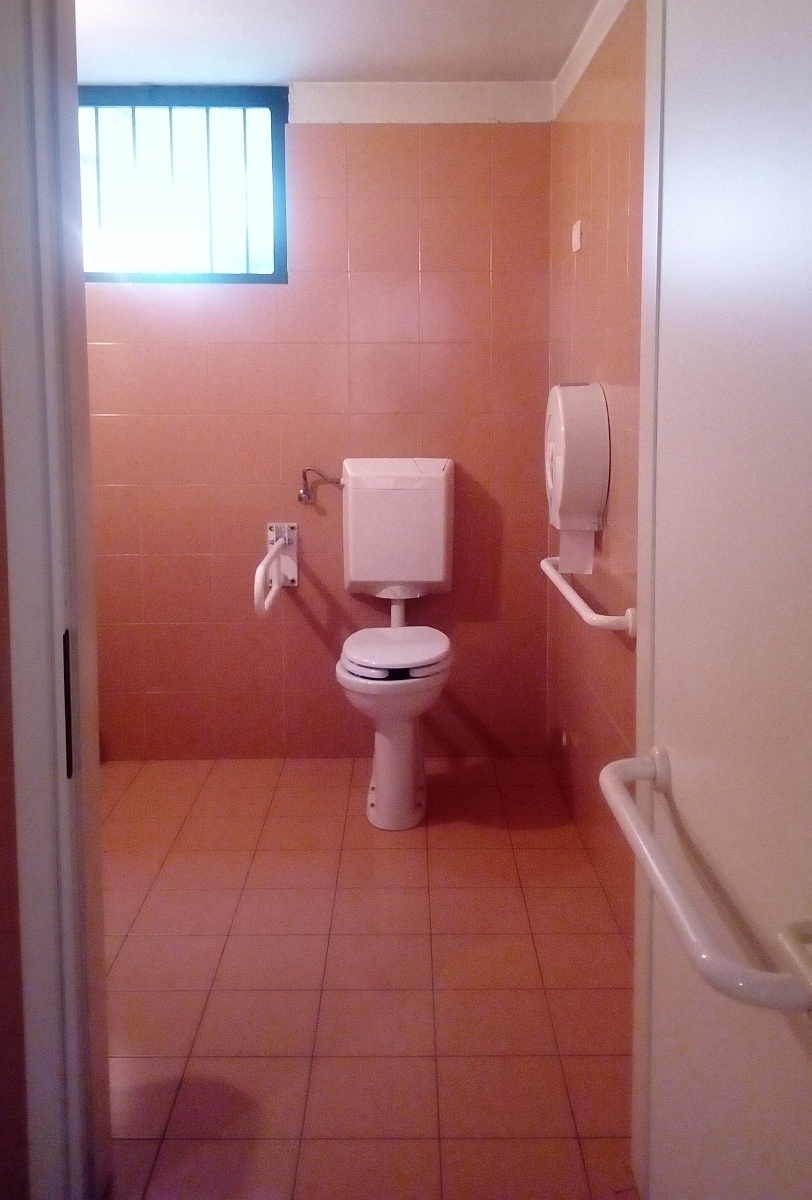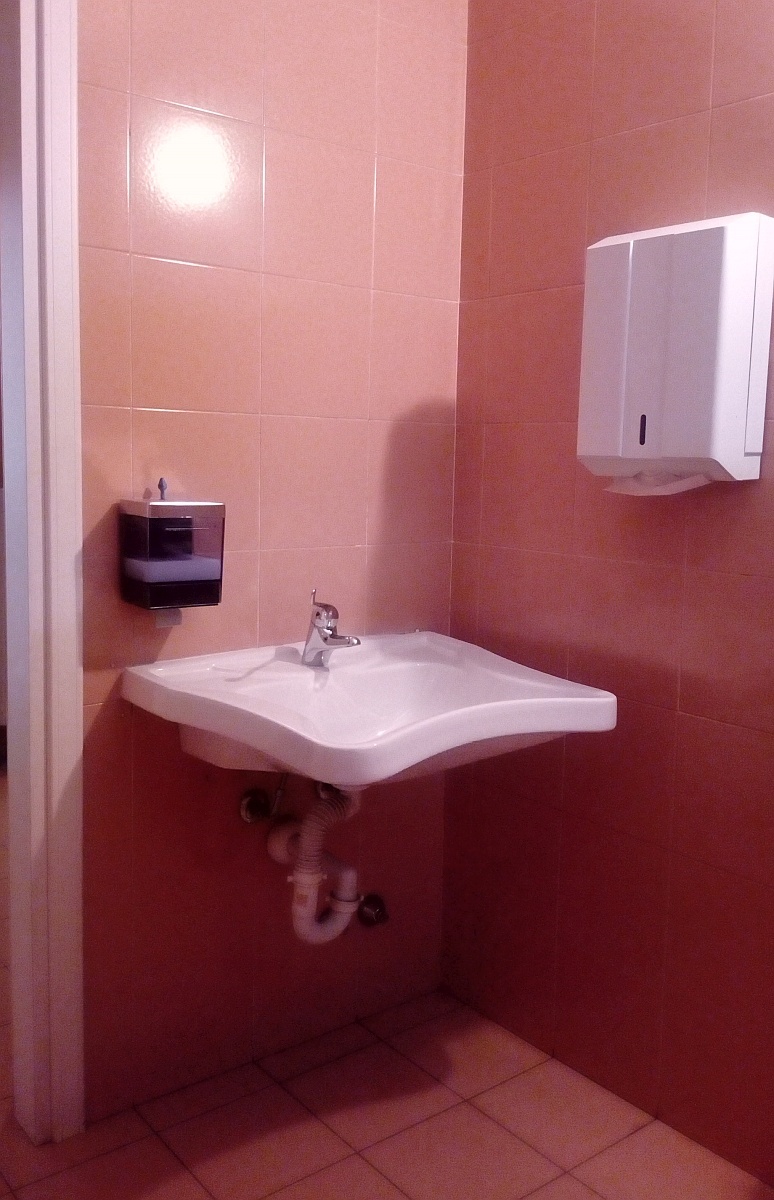Porta Sant’Agostino was for a long time the main access to the Upper Town, both for Bergamasks coming up from Borgo Pignolo and for those coming from Venice.
Even today, this gateway represents the most frequently used link for moving between the Upper and Lower Towns, on foot and by public and private transportation.
Since September 2024, Porta Sant’Agostino is home to the “Mura di Bergamo” (Walls of Bergamo) museum, part of the Museum of the Histories of Bergamo network and a significant step in the enhancement of the Venetian Walls, a UNESCO World Heritage site since 2017.
The gate takes its name from the nearby monastic complex that now houses one of the offices of the University of Bergamo and whose former church was recently used as a lecture hall.
The construction of the passageway can be dated around 1575, while the masonry arches on which the access road rests were commissioned by the Venetian podestà Alvise Contarini in 1780, replacing a wooden drawbridge.
On the upper floor of the gate is a vast room that once housed the military guards, while today it occasionally hosts exhibitions and concerts.
Across the road and in axis with the central entrance, the fountain of the same name was built upstream from Porta Sant’Agostino, making the entrance to Città Alta even more striking.
On the occasion of the visit of the Austrian Emperor Ferdinand I in 1838, the road called today Viale Vittorio Emanuele was built, which rises from the center of Bergamo to rejoin Via Pignolo just in front of Porta S. Agostino. Not far from the monumental passage is the Noca pedestrian street, which provides quick access to the Accademia Carrara, one of Italy’s most important art galleries.
Curiosity:
Like the other gates of the Walls, it was closed at 10 p.m. each night to ensure the safety of the city.





